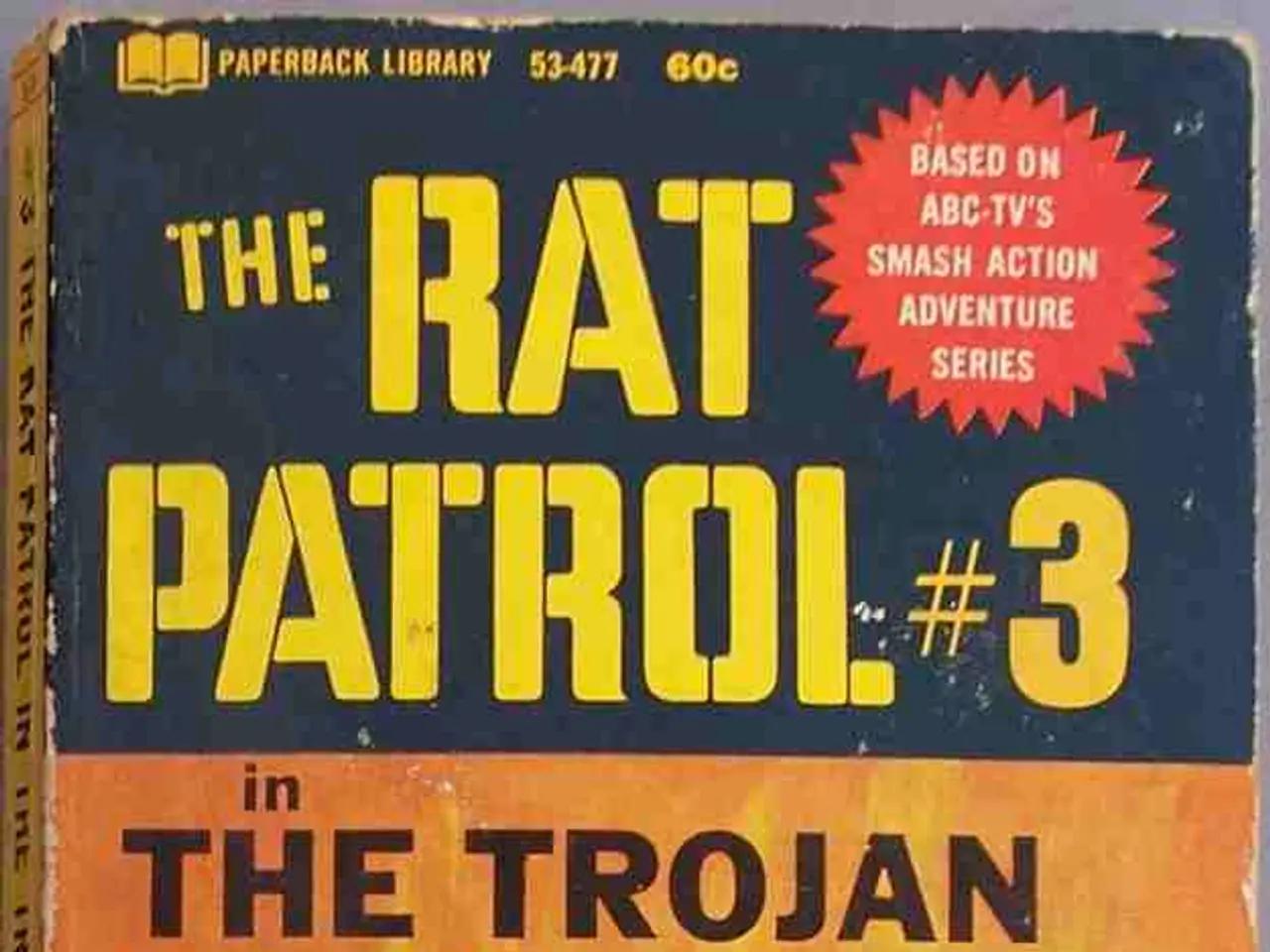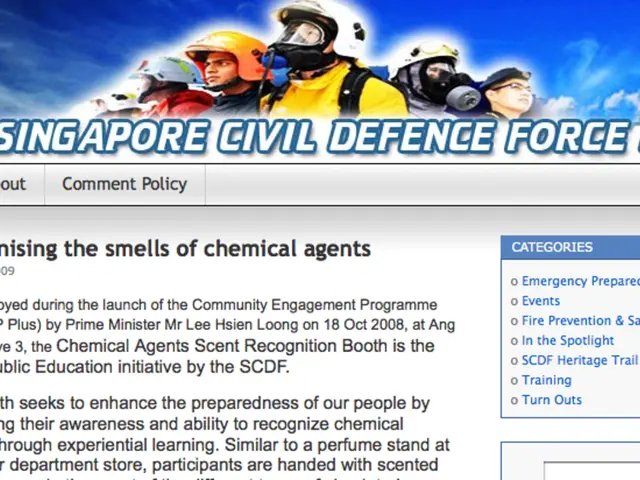Dangerous Ammo at the Bottom: Munitions in the North and Baltic Seas Are a Threat
A decaying stockpile of military weapons lies in the Northern and Baltic Seas.
Experts echo the urgency: We've got a ticking time bomb in the North and Baltic Seas. The German government recognizes the situation and has mobilized funds for removal.
Over 1.6 million tons of old ammunition lurk in the German coastal areas of the North and Baltic Seas – that’s equivalent to a train from Paris to Moscow, said Katja Matthes from the Kiel-based Helmholtz Centre for Ocean Research (GEOMAR) before a conference on marine pollution cleanup in Kiel, attended by more than 200 experts.
Time is precious, warned the scientist. "These munition casings are deteriorating rapidly, leaking harmful substances." These substances are known carcinogens and can harm DNA. "Toxic substances like TNT can be found in almost all water samples." Approximately 3,000 kilograms of toxic chemicals have already released into the southwestern Baltic Sea.
"Pollution levels are still below the safe limits, but the concentrations can rise drastically," Matthes warned. Toxic substances have already been detected in mussels and fish. "This TNT gets concentrated and then moves up the food chain." While no immediate health risks for humans have been observed, predictions can be tricky.
Jennifer Strehse, an expert from the Kiel Institute of Toxicology and Pharmacology, shares similar concerns. In theory, there's no risk to human health from ingesting contaminated fish, Strehse said. "Even if you eat a contaminated fish every day for the rest of your life."
Munition Piles Near the Shore
The entire German section of the Baltic Sea is regarded as contaminated with munitions, said GEOMAR geologist Jens Greinert. Areas designated by the Allies following the war as sites for dumping grenades, torpedoes, bombs, mines, and cartridges are particularly hazardous. Greinert and his team examine the Kolberger Heide, a designated dumping site near Kiel and just a few kilometers from the shore regularly.
There, the ammunition lies exposed like a block of Swiss cheese, said Matthes. Each time they inspect, more holes appear. "We've been dragging our feet for too long. It's high time to act." Greinert estimates that the German Baltic Sea waters could be free of munitions by the end of 2040 if sufficient funds become available.
German Government Provides Funding
Scientists and experts from around 16 countries are discussing in Kiel until Friday at the Munition Clearance Week conference on the best strategies for extracting these chemical weapons from the sea and solving related problems. They're focusing on protecting crucial infrastructure in the North and Baltic Seas. During the accompanying technology fair, TKMS shipyard Kiel will showcase a floating platform for munitions waste disposal.
Euroatlas Bremen presents an autonomous underwater shark-like robot ("Greyshark") armed with 17 sensors, capable of generating detailed underwater models. The robot isn't only capable of identifying what lies on the seabed but also assessing their condition and determining if any have already dissolved, said CEO Eugen Ciemnyjewski. This technology is suitable for safeguarding critical infrastructure, such as pipelines, and creating digital duplicates of them.
Panorama Schleswig-Holstein aims to salvage tens of thousands of tons of corroded ammunition in the Baltic Sea The German government has allocated 100 million euros for an immediate program to remove munitions from the North and Baltic Seas. In September, three salvage companies started removing World War II munitions from Lübeck Bay on behalf of the Ministry for the Environment. This initial salvage operation served to gather essential insights for systematic removal using a platform. Further test removals are planned off the coast of Mecklenburg-Vorpommern.
"This old World War II ammunition could become one of the most significant sources of pollution in our seas," said Schleswig-Holstein's Green environmental minister Tobias Goldschmidt. The political argument is no longer about whether to remove the ammunition, but the new government must tackle this task "with greater urgency." "This is a typical pattern in environmental policy, where problems grow larger, are ignored for a long time, then addressed, and time passes by."
- Education in environmental science is crucial to address the issue of old ammunition in the North and Baltic Seas, as the substances leaking from these munition casings are known carcinogens and can harm DNA.
- The science of data and cloud computing can play a significant role in monitoring and tracking the movement of toxic substances in the oceans, ensuring the safety of seafood and marine life.
- Financing for scientific research and technology development is essential to solve the problem of munition waste in the North and Baltic Seas, as it will fund the development of innovative solutions like the autonomous underwater robot, the Greyshark.
- The industry of shipbuilding can contribute to the solution by designing and constructing floating platforms for munitions waste disposal, as demonstrated by TKMS shipyard Kiel.
- Businesses in the field of personal finance can educate their clients about the potential risks of consuming contaminated seafood and offer advice on safe food sources, promoting responsible investment and lifestyle choices.
- The finance sector can help fund the removal of old ammunition from the Baltic Sea by investing in projects focused on environmental preservation.
- The energy sector can work towards reducing pollution by implementing cleaner and more sustainable practices, minimizing the release of harmful substances into the environment.
- In the context of climate change, it's important to consider the potential impact of toxic substances like TNT on ecosystems and marine life, as these substances can concentrate and move up the food chain.
- The field of weather and climate study can provide valuable insight into the long-term effects of old ammunition pollution on the environment, helping us better understand the potential consequences and develop more effective solutions.




